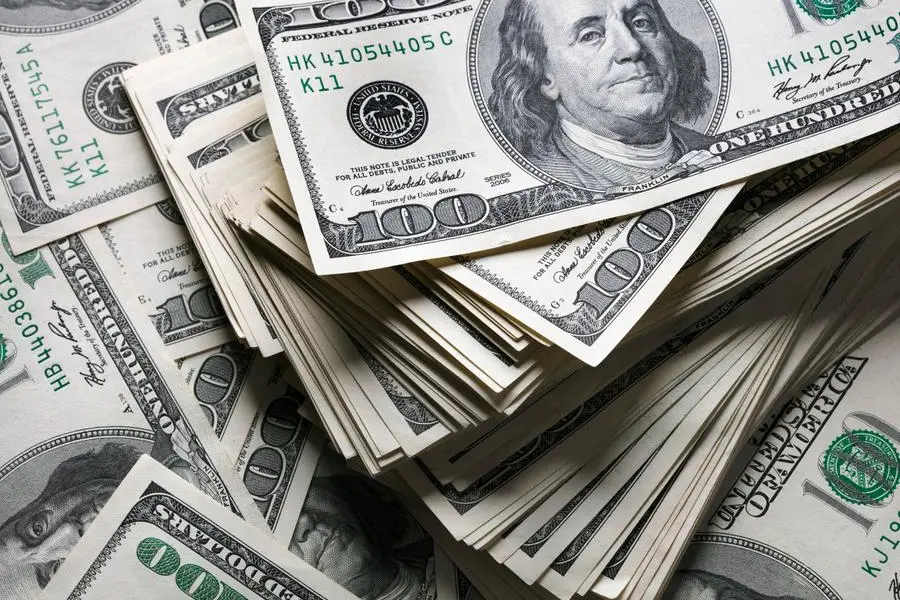PHOTO
Bahrain's real GDP is expected to exceed 13 billion Bahraini dinar ($34 billion) in 2022 and 2023, the highest figure seen in a decade, driven by non-oil GDP growth and greater private sector contribution towards economic activities, financial services company, SICO, said.
Oil sector GDP is expected to be around BHD 2.3 billion for 2022 and 2023. Non-oil GDP, which is set to be BHD 10.9 billion in 2022, will rise to BHD 11.2 billion in 2023.
Bahrain's economy, the smallest within the GCC bloc, has looked at ways to cut spending and achieve a balanced budget by 2024. It produces around 200,000 barrels of oil a day and has benefited, along with its neighbours, from the high oil prices last year. IMF has forecast 3% growth for the kingdom while the ratings agency S&P expects the economy to expand 4.8% in 2022, before slowing to about 2.5% for the 2023-25 period.
Bahrain has released its preliminary fiscal numbers for the year 2022 reflecting a deficit of BHD 178 million compared with a deficit of BHD 952 million.
Non-oil revenues were 28% higher year-on-year (YoY) to reach BHD 1.065 billion in 2022. This comes mainly because of Bahrain’s VAT hike to 10% in 2022.
Fiscal discipline and improving non-oil revenues due to the introduction of taxation over the last five years led to narrowing deficits, said the Bahrain-based SICO. The government’s prudent management of recurrent expenses translated into a decline in expenditure for two main recurrent categories: the wage-bill and subsidies.
However, the key challenge for the government remains in managing its debt service cost, which has risen to BHD 698 million in 2021 from BHD 619 in 2018, SICO said.
(Writing by Brinda Darasha; editing by Seban Scaria)





















